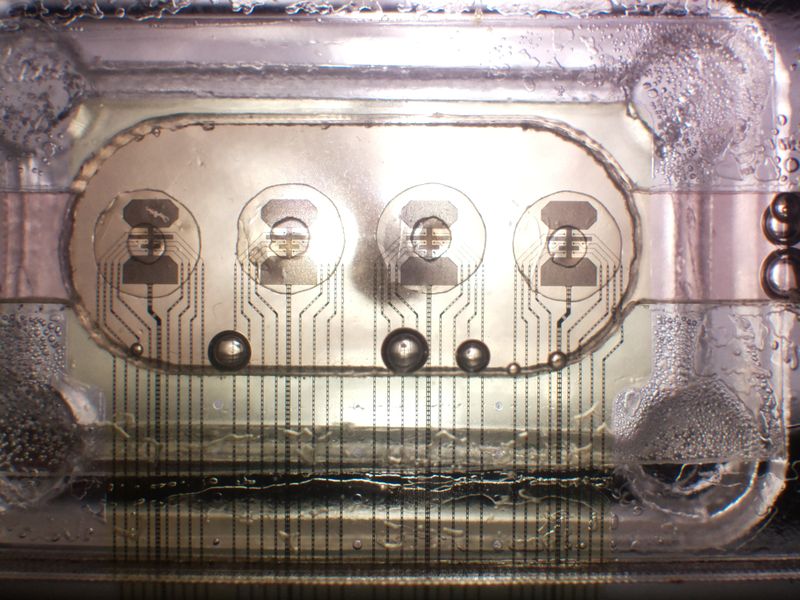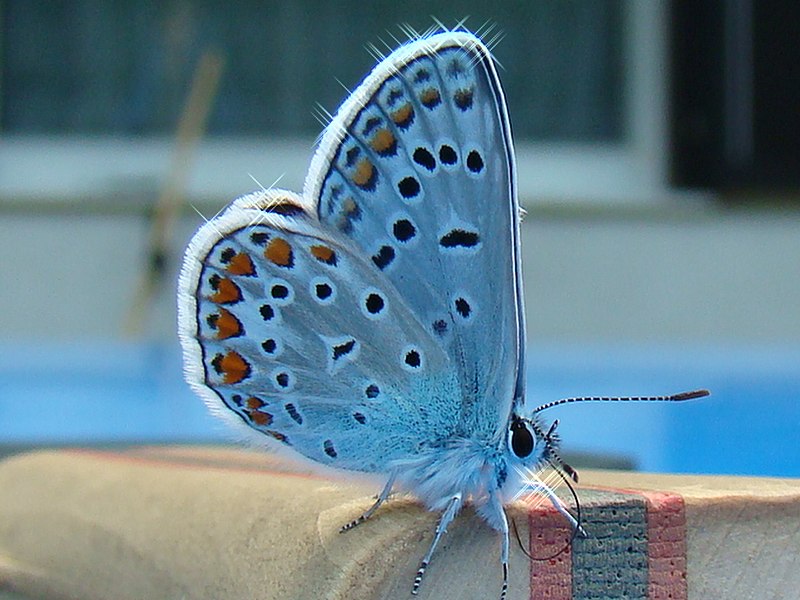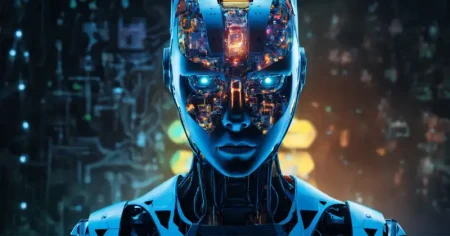This experiment from FinalSpark cracks open some big (and honestly, a little unsettling) questions about consciousness, identity, and where the line blurs between biology and machines.
A few months ago we posted an article titled “This computer uses human brain cells and runs on dopamine!” The computer in question is called a “Neuroplatform” and the team responsible for it is a team of Swiss Scientists that call themselves FinalSpark. Now while we have already covered the basics of this living computer and how it’s built from organoids that are made out of human brain cells, we really couldn’t have imagined what happened next.
A team of researchers affiliated with FinalSpark created a 3D virtual world with a butterfly in it, and then put one of the “mini-brains” from the Neuroplatform in charge of it! What’s interesting is that unless the mini-brain gets any external input, the butterfly flies around randomly, but with a click of the mouse, the butterfly can actually be controlled by the software connected to the mini-brain.
Wetware

Wetware as it is being called, is the merging of biological neural systems with technology. If computers run on hardware and software, wetware is the weird middle ground where biology meets the digital realm. Think about it, if your brain could directly interface with a computer without any input devices like a keyboard, or even a screen, we would call that sci-fi. Well, not anymore.
These “mini-brains”, made from human stem cells, can process information like a biological computer, except instead of circuits and silicon, they use neurons in a petri dish. The scary part is that this could either be the first step toward biocomputers that “think” like humans, or worse, humans that can be programmed like computers.
Let’s be clear, wetware isn’t just about growing neurons in a dish. The real game-changer is how brains and computers are starting to merge. Think about neural implants that let people move robotic limbs with their minds or brain interfaces like Elon Musk’s Neuralink. The possibilities here are virtually limitless. Remember that scene from the first Matrix movie where Neo plugs in and then opens his eyes and exclaims, “I know Kung Fu”? That’s the ultimate wetware dream, instant knowledge, straight to your brain.
But here’s the thing: if lab-grown neurons can already interact with simulated worlds, how long before we’re editing thoughts as easily as editing a Word doc? And if consciousness is just electrical signals bouncing around in a neural network, aren’t we already biological machines? Wetware just hands us the tools to hack the system.
Hacking the System

So the question here is, do these lab grown mini brains actually believe that they’re butterflies? Well, not exactly, or at least not in the way we think of “believing.” The phrase “lab-grown brain cells believe they’re butterflies” is a bit of an exaggeration (or a catchy way to frame the research). What’s really happening is that these clusters of neurons are reacting to stimuli in a way that suggests they’ve learned to interact with their environment, pretty much like a real brain would.
The fact that the butterfly flies around randomly till it receives external input to direct it in a particular direction also proves that brain cells are compatible with electrical parts, opening up a whole world of possibilities.
So do they believe anything? Well, that’s where it gets kinda tricky. Belief, as we understand it, requires self-awareness, memory, and a sense of identity, things these organoids probably don’t have. We say this because they’re just raw neurons, firing in response to inputs and don’t possess all the different parts of the brain like we do. What’s fascinating, however, is that they do have the ability to adapt to new conditions.
So while they’re probably not going “Wow, I’m a butterfly!” they do respond pretty much like a brain that’s been hooked into the Matrix and unaware that it’s in a simulation. And that’s where things start feeling a little… unsettling. I mean, if we’re out here growing brain cells that think they’re butterflies or teaching mini-brains to play Pong, who’s to say something bigger and more advanced didn’t do the same to us?
Simulation Theory
This experiment from FinalSpark cracks open some big (and honestly, a little unsettling) questions about consciousness, identity, and where the line blurs between biology and machines. In a way, it even suggests that a biological brain can exist inside a digital world. If consciousness is just neurons reacting to stimuli, who’s to say our own reality isn’t a massive, high-definition simulation?
What if we’re running on some kind of next-level wetware, processing signals from a system so advanced it’s beyond our understanding? Could it be possible that those strange coincidences, “deja vu’s,” or moments where reality seems to stutter aren’t just our minds playing tricks on us? What if they’re little cracks in the code, brief glimpses at something bigger happening behind the scenes? And lastly, who’s to say the butterfly is the only one unknowingly trapped inside a simulation?
In case you missed:
- China Builds World’s Largest Neuromorphic Supercomputer: Darwin Monkey
- Prophetic Halo: Turning Dreams into Conscious Playgrounds
- NVIDIA’s Isaac GR00T N1: From Lab Prototype to Real-World Robot Brain
- Could Contact Lenses be the Key to Fully Wearable BCIs?
- Researchers develop solar cells to charge phones through their screens
- Having two left thumbs may no longer be a bad thing
- Neuralink Blindsight and Gennaris Bionic eye, the future of ophthalmology?
- So AI can get bored, “suffer,” and even commit suicide?
- AI Uncovers Thousands of Potential Psychedelic Compounds!
- ChatGPT-Psychosis: Lower focus, warped emotions, rising delusions!










